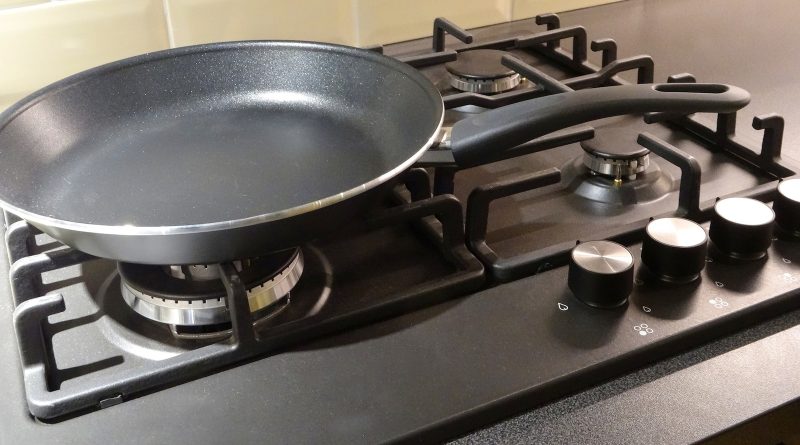Understanding the Risks of “Teflon Flu” from Cooking with Nonstick Pans
A recent record number of instances of polymer fume fever, also known as “Teflon flu,” are shedding light on one of the most common triggers of the condition, the use of nonstick pans.
More than 265 suspected cases of polymer fume fever were documented in 2023, marking the highest number of instances since the year 2000, according to America’s Poison Centers, which represents the nation’s 55 poison centers in partnership with the United States government.
Over the last two decades, there have been over 3,600 reports of suspected cases of polymer fume fever, according to the Centers. Not all of these cases occurred at home – many were occupational exposures, according to the Centers. Nonetheless, professionals state the new record is shining a light on the appropriate way to utilize these pans when cooking at home.
The condition is induced by overheating pans covered with polytetrafluoroethylene (PTFE), sold under the brand name Teflon, which releases fumes into the air. Inhaling those fumes can result in flu-like symptoms.
Symptoms of polymer fume fever encompass chest tightness, coughing, breathing difficulties, and headaches.
The symptoms usually subside within two to three days, but the long-term impacts of the condition remain unknown, according to ABC News medical contributor Dr. Darien Sutton, an emergency medicine physician.
“We don’t yet know the long-term effects, but we do know that these chemicals, these PFAS, are linked to health conditions like thyroid abnormalities, certain cancers, such as kidney cancer, as well as specific issues with infertility,” Sutton stated Friday on “Good Morning America.” “So it’s important to be cautious with these products.”
PFAS are synthetic chemicals that have been utilized in products like nonstick cookware, cosmetics, and water-repellent clothing for decades, but have more recently been associated with causing adverse health impacts in some cases, according to the Centers for Disease Control and Prevention.
In the U.S., manufacturers are not mandated to disclose PFAS on labels.
Sutton suggests that people inspect their non-stick cookware to determine if it is old or worn, and to dispose of it if it has been used for more than three to five years.
Moreover, the pans should be utilized in well-ventilated areas.
According to manufacturers of non-stick cookware, it’s crucial to appropriately maintain your non-stick pots and pans to prevent damage.
Most notably, non-stick pans such as Teflon-coated pans should not be heated above 500 degrees, in line with the manufacturer. This includes refraining from preheating the pan on the stovetop on high heat without food in them, and avoiding putting them in the oven at high temperatures.
If a person experiences symptoms of polymer fume fever, they are advised to distance themselves from the source of the fumes, to stay hydrated, and to utilize over-the-counter pain relievers to manage fever and body aches, according to Poison Control.
Individuals with lung conditions and those whose symptoms persist may also require medical assessment.

